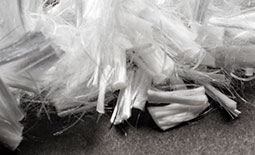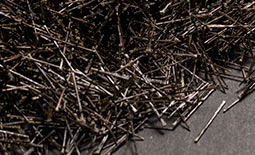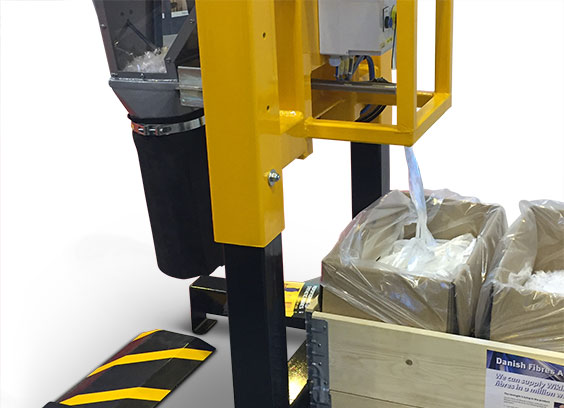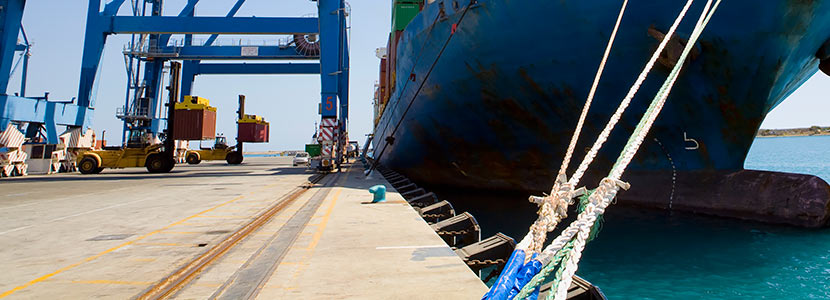Danish Fibres > Construction Fibres

Construction Fibres

Fine monofilament polypropylene fibres for preventing concrete cracking caused by plastic shrinkage and settlement.

Monofilament polypropylene fibres for increasing flexural strength and tensile strength of concrete.

Multifilament PP fibres for preventing the formation of cracks and increasing tensile strength.

Fibres made from volcanic rocks that provide four times the tensile strength of steel, but being only a quarter of its weight.
Outstanding advantages of using Wiking® Construction Fibres for reinforcement
Wiking® Construction Fibres are used as a strong and cost-saving addition – or even alternative – to steel mesh and steel fibres for concrete reinforcement. The fibres come in different shapes and sizes to meet the requirements of a wide range of concrete applications.
Wiking® Construction Fibres are made of virgin polypropylene. When added to the concrete mix, the fibres will increase the tensile strength of the concrete; prevent the formation of cracks and much more. The result is a highly durable concrete application. Furthermore, a range of our micro polypropylene fibres are certified as fire retardant material for tunnels.
In comparison with steel mesh, our polypropylene fibres do not require much space on the construction site. They can be stored in boxes or bags and are easy to transport. Also, in comparison to steel fibres, a smaller amount of polypropylene fibres is needed to obtain the required tensile strength in concrete. Hence, Wiking® Construction Fibres are a highly cost-effective solution for concrete reinforcement.
Applications of construction fibres

Onsite fibre cutting machine





